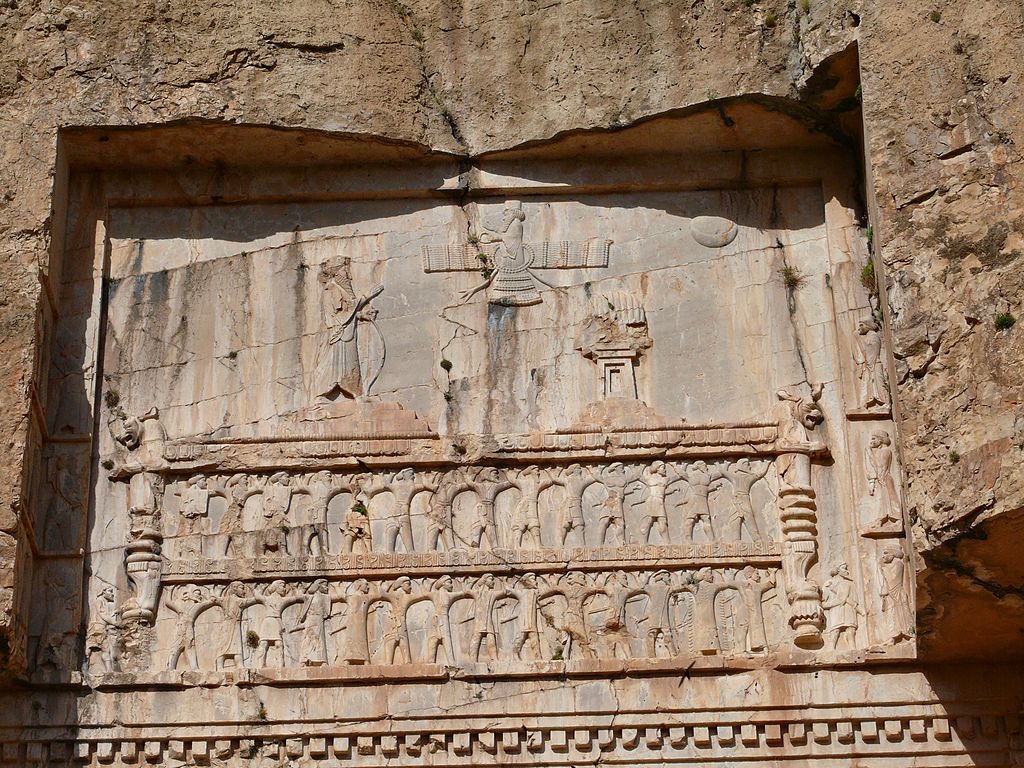
At its heart, the Bible is a story. In the Old Testament, the story, which runs from Genesis to Esther, is about the nation of Israel, with a couple of appendices; the poetry and the prophets both give us background information and enrich the story in many ways, especially as they elucidate the nation’s relationship with God. But the story itself begins with creation and ends with … well, I’m getting ahead of myself.
Most Christians are familiar with at least the broad arc of the story. God creates the world perfect, and soon man disobeys him, plunging himself and his environment into a life of death. God promises to restore life—and his first narrated move, perhaps surprisingly, is to bring more judgment in a global flood and then in scattering Noah’s descendants across the planet.
But with one of those descendants, Abram, God begins to make a special people, soon naming them “Israel.” He makes grand promises to them, but in the short term at least, he doesn’t appear to be keeping them. Israel spends 400 years outside their gifted homeland, much of that time in slavery.
Then God calls an Israelite, Moses, to lead his people out of Egypt and back to The Land. Under Joshua they conquer Canaan, but they seem unable to govern themselves. After a long cycle of failure, they receive from God a king, David, and a promise that his line will never end.
But it does end. Or at least it seems to. Just a generation later David’s kingdom is divided by civil war, and most of the land—and the people—give sovereignty to an upstart, non-Davidic king. For 200 years there are two nations instead of one. And both sink into idolatry.
Then more judgment. God sends the rebel kingdom into exile in Assyria and warns the remnant Davidic kingdom, Judah, to straighten up. They don’t. And 150 years later they too go into Mesopotamian exile, this time in Babylon.
What about the promises—to Abram? to David?
One of many things we learn from this story is the danger of making snap judgments about God. As Creator of time and Lord over it, he has no need or inclination to hurry, and like any good teacher, he gives his students time to discover things for themselves—even if they’re slow learners.
The exiled Israelites never return from Assyria. But 70 years after Judah’s initial deportation, their enemies the Babylonians are dethroned from their regional domination when Persia overruns the capital. The Persian conqueror, Cyrus, is relatively enlightened for his time; he figures that the best way to achieve peace in an empire of conquered and displaced people groups is just to let them all go home.
And so, two years after the exiled Jews change emperors, the new guy says they can return to their homeland. Many people are surprised that the vast majority of exiles don’t take up the offer, but they shouldn’t be. It’s been at least 50 years since any of these people have seen their homeland—which means, of course, that most of the exiles had been born in Babylon. In a real sense, Babylon is home to them; they don’t feel like exiles at all.
So most of them stay. A relative few, under the leadership of Zerubbabel, and later Ezra and Nehemiah, return and begin the arduous task of rebuilding everything from scratch. But most stay.
And 50 years later, long after Zerubbabel and Haggai and Zechariah have fulfilled their ministries in Jerusalem, there is in the Persian capital of Susa, more than 200 miles east of Babylon, a Jewish man, apparently a government functionary. He is named for the Babylonian god Marduk. And his story is the last episode in the biblical story of the nation of Israel, the spine of the Old Testament.
We’ll spend a few posts looking more closely at the story of Mordecai, his king, and his cousin.
See you next time.
Part 2: We’ll See Who’s Boss | Part 3: Selfish Aims | Part 4: The King Gets What He Wants | Part 5: A Roll of the Dice | Part 6: The Tease | Part 7: Any Old Tablet | Part 8: Mental Explosion | Part 9: What Goes Around | Part 10: The Missing Piece
Photo credit: Xerxes tomb at Naqsh-e Rostam (4615488322) – Tomb of Xerxes I – Wikipedia

Leave a reply. Keep it clean.